Cactus Repotting Info: When And How Should I Repot My Cactus
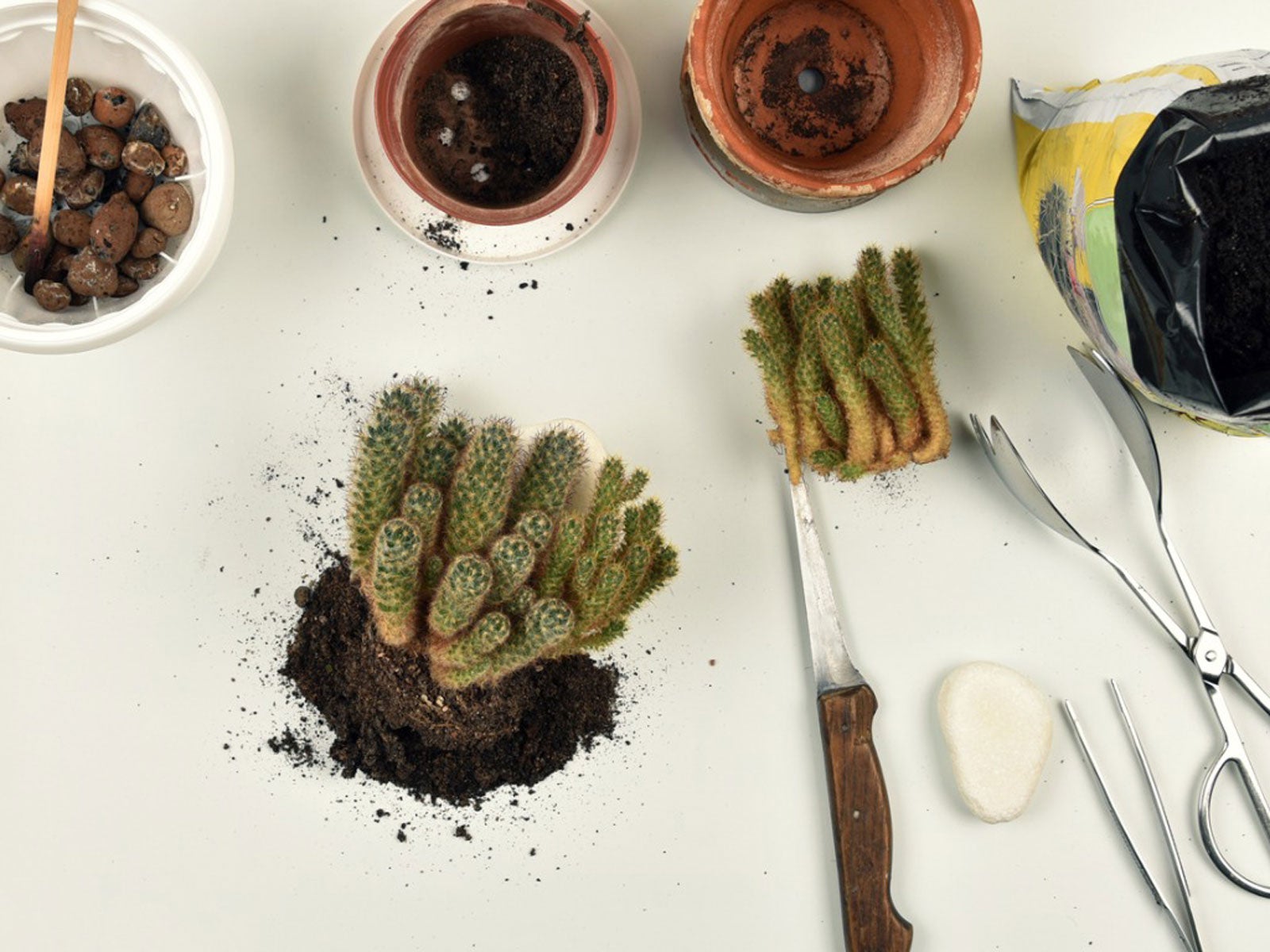

Cacti are low maintenance plants for the home with a ton of character and a vast array of form. They are relatively maintenance free except for infrequent watering and annual food. Many gardeners ask “should I repot my cactus?” They don't need repotting often, but just once in a while for soil replenishment and when the plant needs a larger pot.
When to repot a cactus plant depends upon the plant and its condition. Read on for tips on how to repot a cactus and do it without spending the rest of the day picking spines out of your hands.
Tools for Cactus Repotting
Cacti are succulents and tend to favor dry, hot conditions. They store moisture in their pads and use their spines as both defense and to provide some protection from burning hot sun rays.
Cactus grown in the home can almost be ignored but they do require light, warmth, water and repotting to refresh the soil. Cactus repotting requires a special soil mix, well-draining container and some tactical protection. The first issue to deal with is the handling of a spiny plant. There are a couple of ways to go about this. You can wrap the plant in several layers of newspaper and secure lightly with tape or twine.
You can also use a pair of leather gloves or, for smaller plants, just grab your oven mitts. One of the safest repotting tips is to use kitchen tongs. You will also need a cactus mix which you may purchase or make. A good combination is equal parts sand or bird gravel, potting soil and leaf mold.
Your container must have excellent drainage holes and preferably be unglazed so the clay can direct away and evaporate any excess moisture.
When to Repot a Cactus Plant
You will know when to repot a cactus plant if you see roots coming out the bottom of the container. This indicates it is overly root bound. Most cacti find small spaces very cozy and can stay in their container for years. The sight of roots will let you know it has expanded too much and will need repotting.
Gardening tips, videos, info and more delivered right to your inbox!
Sign up for the Gardening Know How newsletter today and receive a free copy of our e-book "How to Grow Delicious Tomatoes".
The next size up container will be appropriate since they like it snug. A general rule of thumb is to repot every 2 to 4 years. If you fertilize annually, the latter is more appropriate but if you don't fertilize, repot in two years to replenish soil fertility. The best time is during active growth in January or February.
How to Repot a Cactus
Once you have answered the question, “should I repot my cactus,” it is time to gather your tools and trade in the old soil or container. Not every cactus needs a new container, but fresh soil is a good idea.
Only pot bound plants need a larger pot. Wrap, glove or tong the plant gently out of its pot. They usually come out readily if the soil is dry but you may have to run a trowel around the edges to loosen the soil. Shake off the old soil and plant the cactus at the same depth it was growing in the old soil.
Fill in around the roots with your medium and place it in a sunny southeast or east window. Among important repotting cactus tips is to not water the plant yet, as it is adjusting to being handled and new soil conditions. After a few weeks, you can water the plant and allow it to dry out before watering again.

Bonnie Grant is a professional landscaper with a Certification in Urban Gardening. She has been gardening and writing for 15 years. A former professional chef, she has a passion for edible landscaping.
-
 Looking For Plants To Give You The Soft And Fuzzies? Try These 5 Fuzzy Leaf Plant Options
Looking For Plants To Give You The Soft And Fuzzies? Try These 5 Fuzzy Leaf Plant OptionsLovers of texture, drama, silver foliage and tactile plants will adore these special sensory garden additions. These fuzzy leaf plant options will leave you all aglow
By Susan Albert
-
 Get Ready For A Summer Of Hummers! Grow These Full Sun Hummingbird Plants and Flowers
Get Ready For A Summer Of Hummers! Grow These Full Sun Hummingbird Plants and FlowersIf you’re lucky enough to enjoy a sunny backyard, make sure you are maxing out on your pollinator opportunities and grow these full sun hummingbird plants and flowers
By Tonya Barnett
-
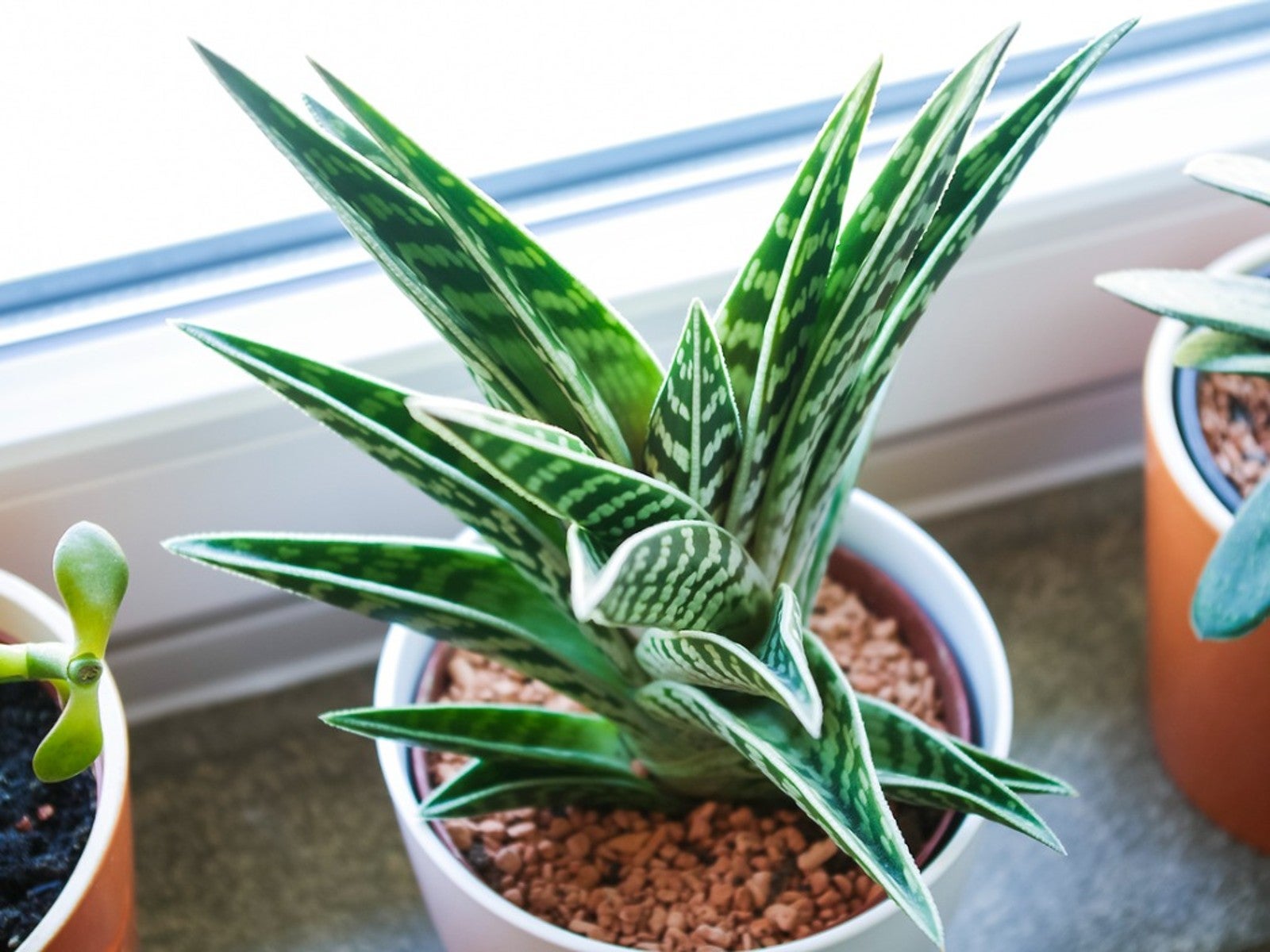 Variegated Succulents To Add To Your Plant Collection
Variegated Succulents To Add To Your Plant CollectionRead about some of the pretty variegated species that add beauty and interest to your succulent collection.
By Becca Badgett
-
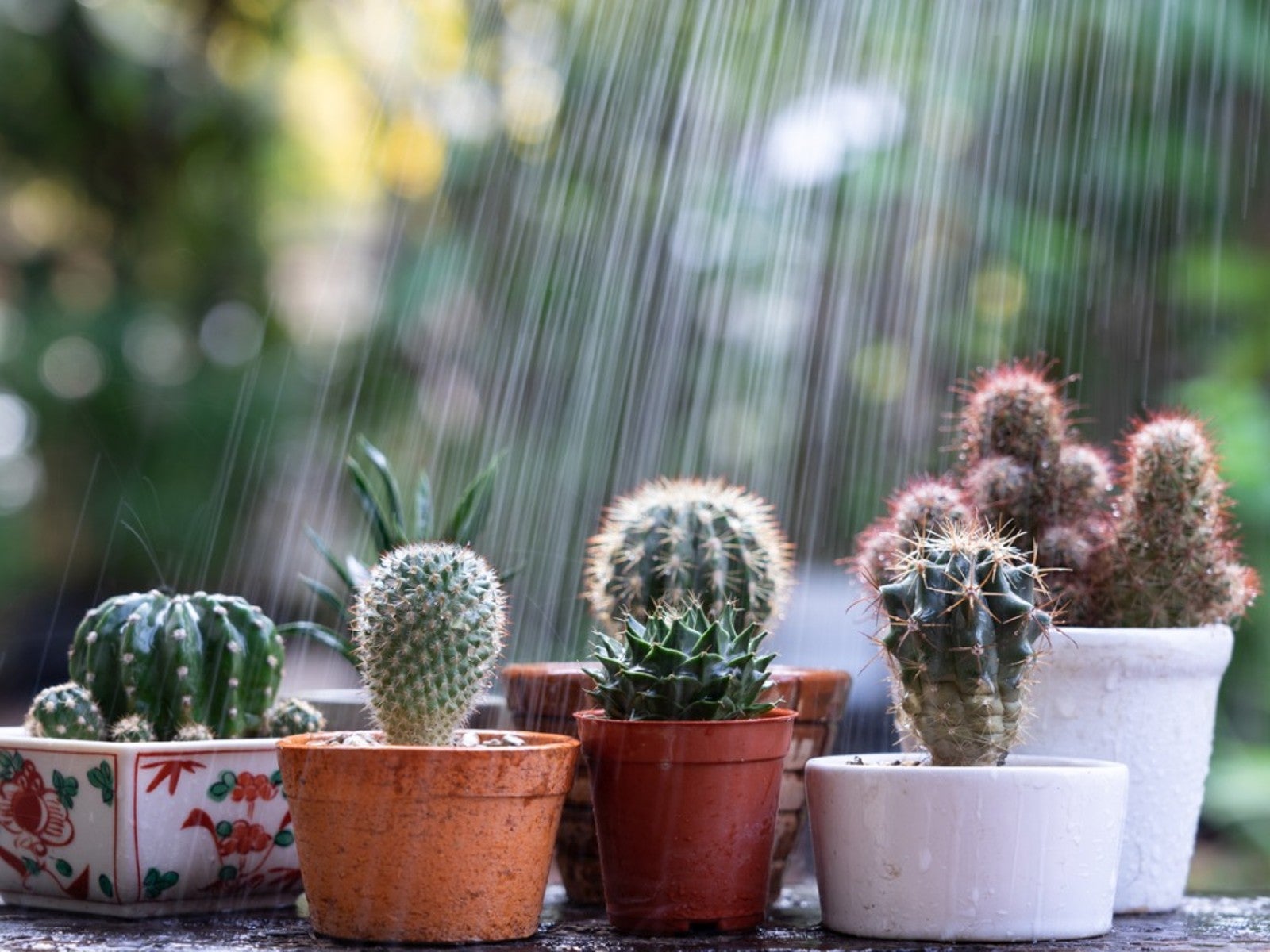 How To Protect Succulents And Cacti From Rain
How To Protect Succulents And Cacti From RainRain has the potential to cause damage to our cacti and succulents. However, when planted in proper soil, rainfall may perform as just a deep watering. Read on for more.
By Becca Badgett
-
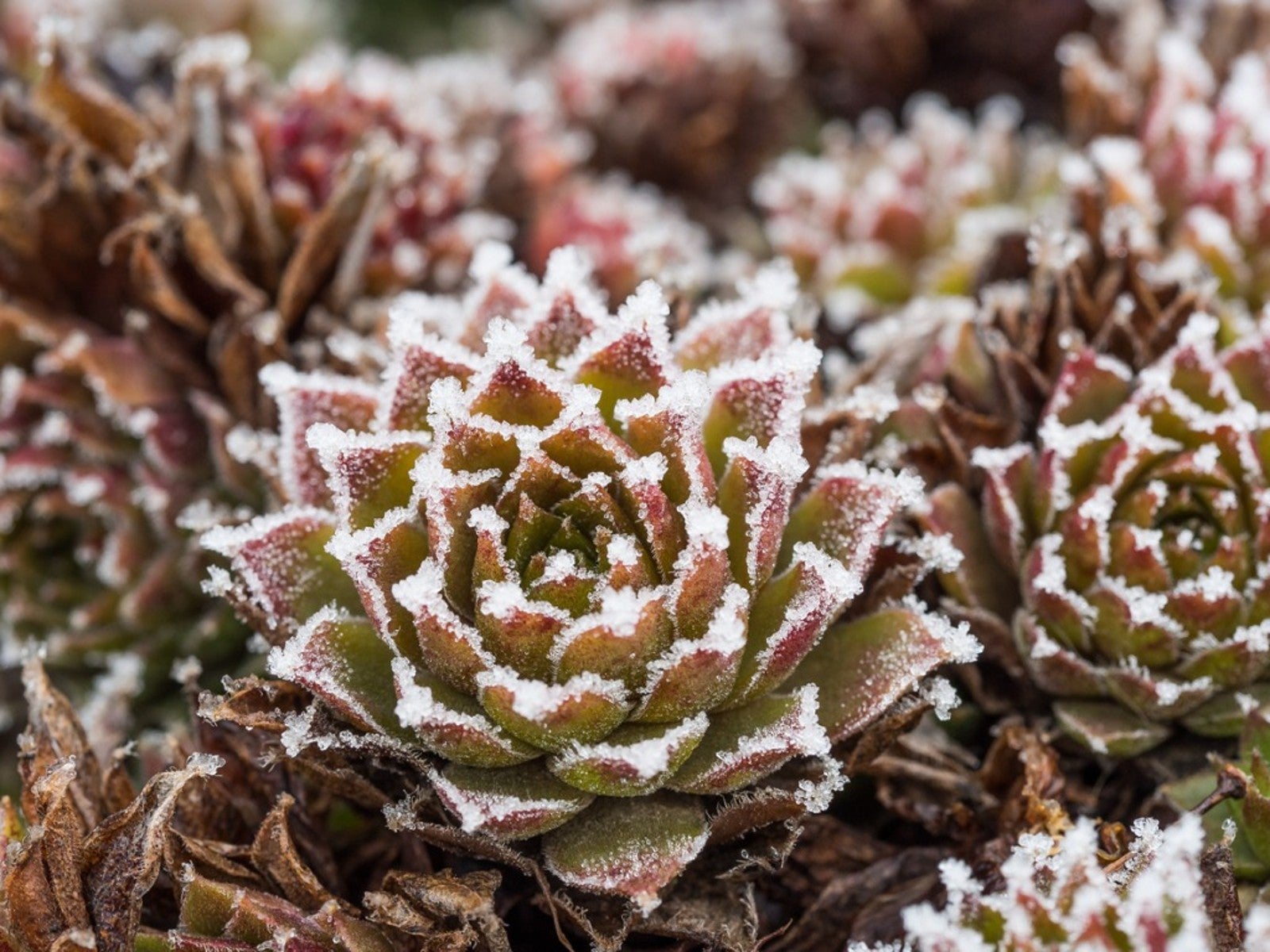 Succulents and Frost: How To Save A Succulent From Frost Or Freeze
Succulents and Frost: How To Save A Succulent From Frost Or FreezeCan succulents withstand cold? Succulents and frost don't traditionally go together and can result in damage, but you may be able to save frozen succulents.
By Bonnie L. Grant
-
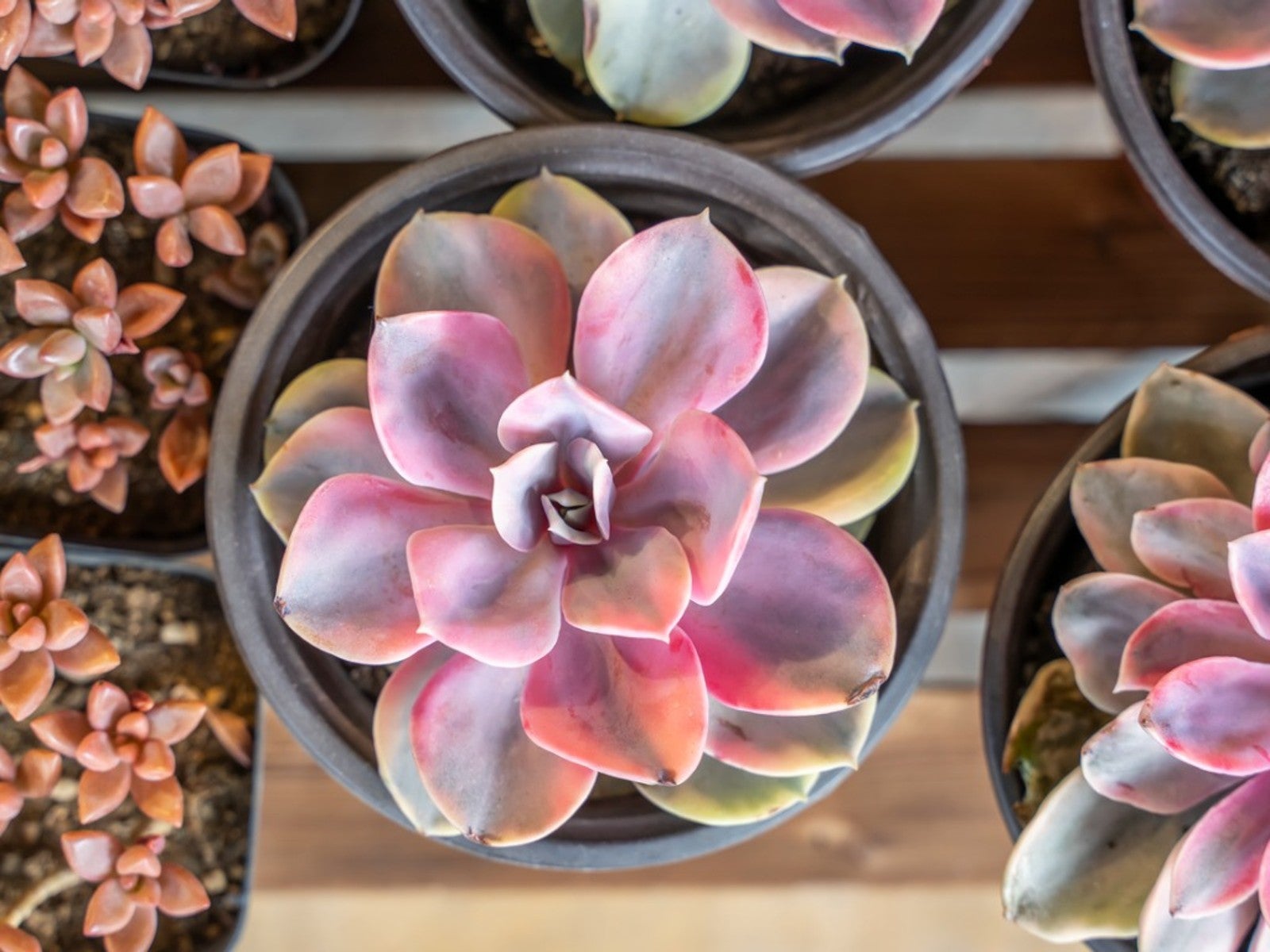 Pink Succulents Varieties To Try: How To Grow Perfect Pink Succulent Plants
Pink Succulents Varieties To Try: How To Grow Perfect Pink Succulent PlantsPink succulents may display the color on leaf edges or with streaks or blotches mingled throughout the foliage. Here are our favorites.
By Becca Badgett
-
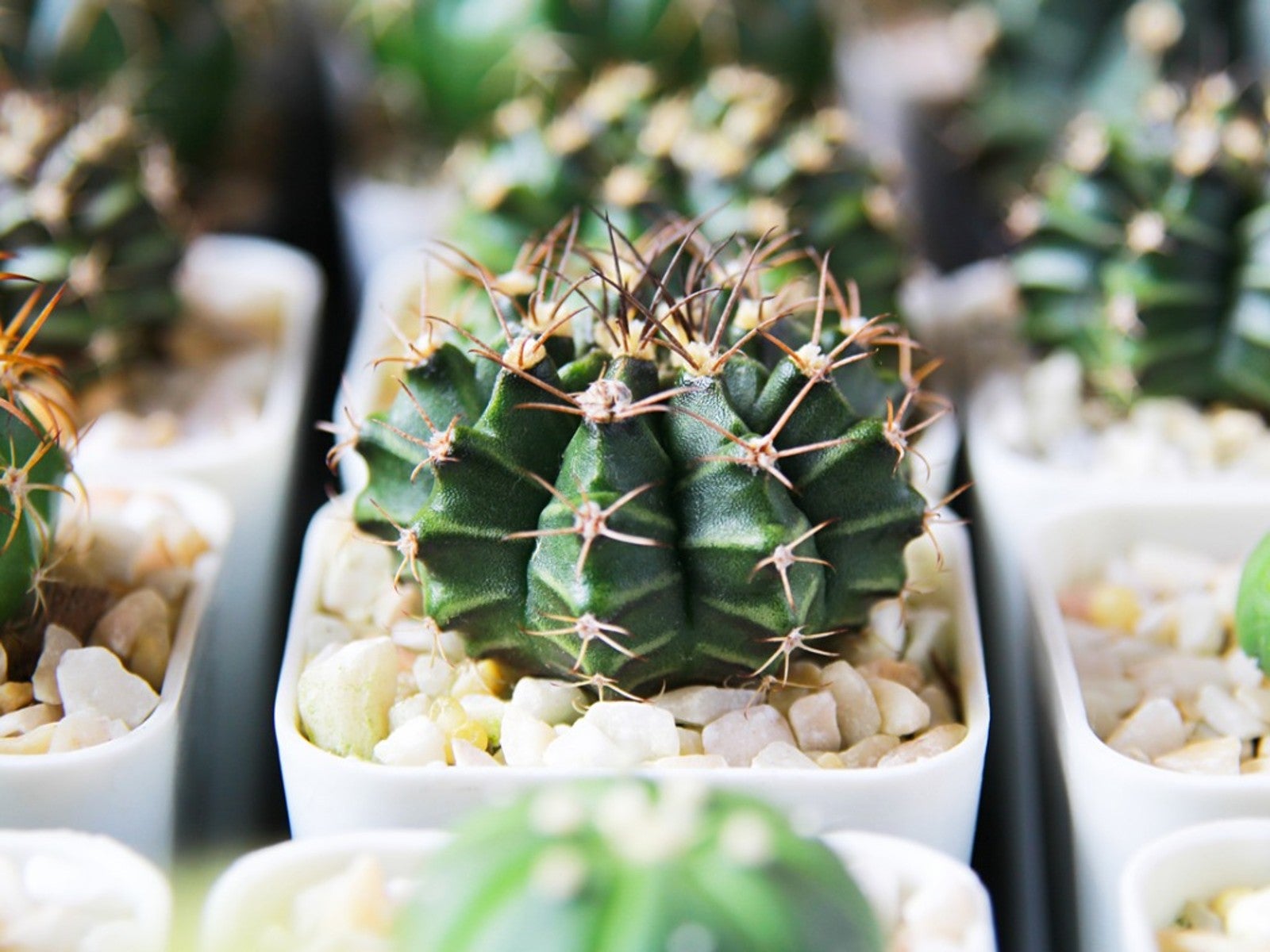 10 No Fuss Cacti - What’s The Best Low Maintenance Cactus
10 No Fuss Cacti - What’s The Best Low Maintenance CactusIf you’re thinking of adding plants to your collection, consider no fuss cacti. Click here for an easy cacti list, even for beginners.
By Becca Badgett
-
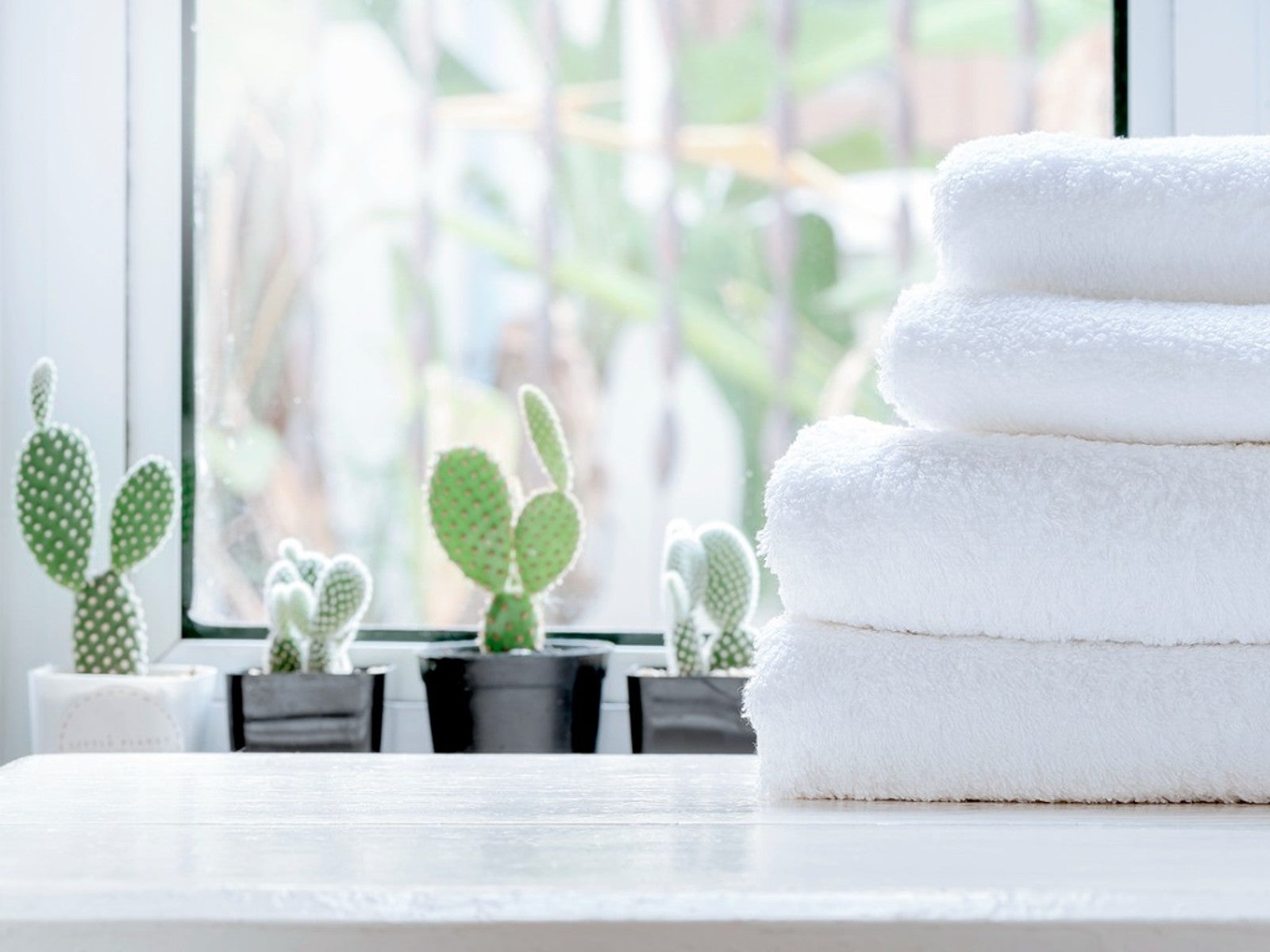 5 Best Succulents For A Bathroom
5 Best Succulents For A BathroomSome succulents can be great options for bathroom decoration. Read on for our top five bathroom succulent ideas.
By Becca Badgett
-
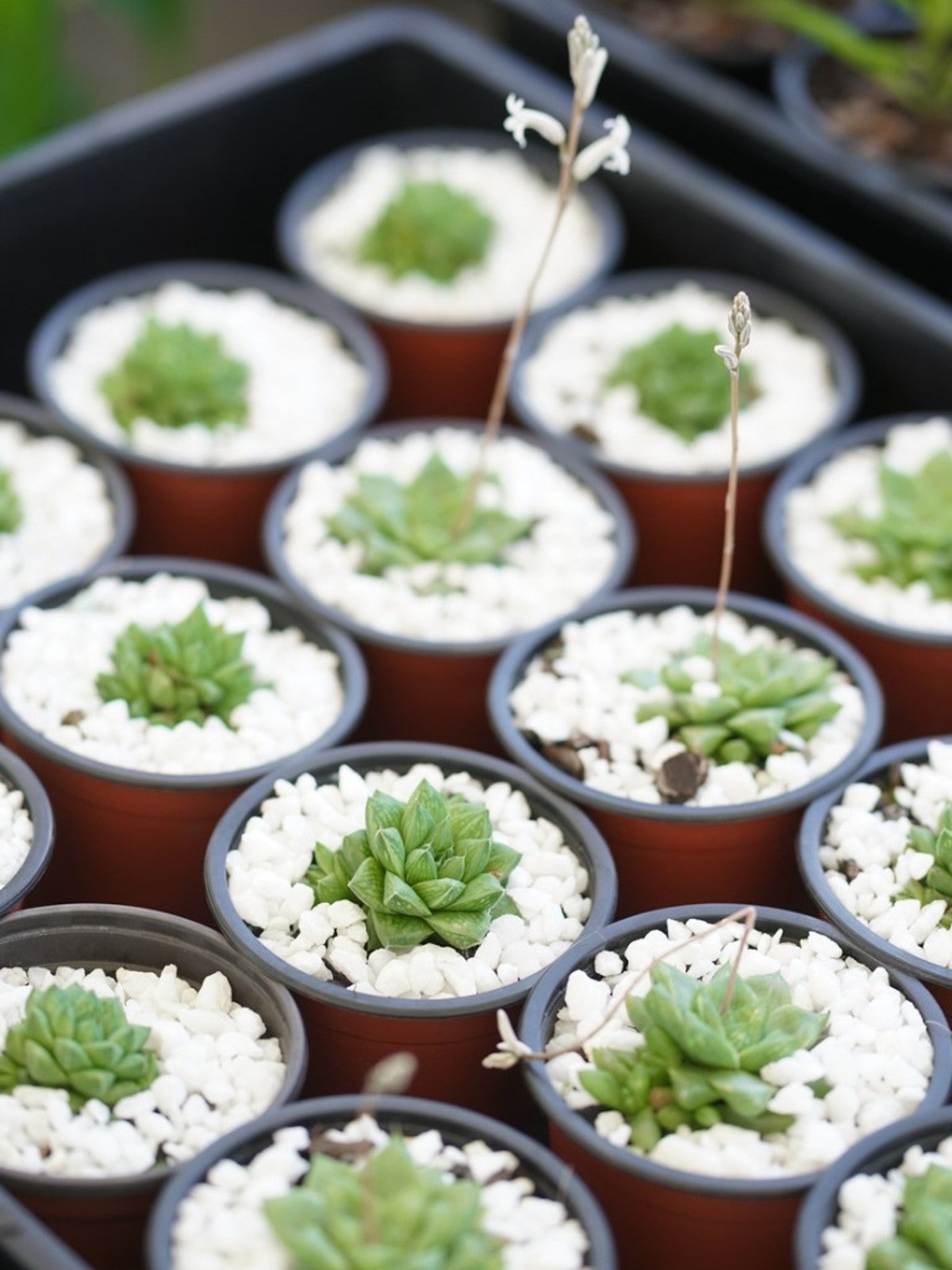 What Is A Succulent Starter Kit - Best Succulent Starter Kits
What Is A Succulent Starter Kit - Best Succulent Starter KitsWhile garden kits are not the most inexpensive option for growing succulents, they do include everything you’ll need. Grow succulents from seed by using a succulent seed starter kit to learn the process and to check your results.
By Becca Badgett
-
 Dazzling Succulents - Succulents With Striking Flowers
Dazzling Succulents - Succulents With Striking FlowersWhen you think of succulents you may just envision their unique leaves and stems. But succulents also produce bright and bold flowers in the right conditions. Read on to learn more.
By Bonnie L. Grant